Numerical skills
Working with surds
Surds are square roots which can鈥檛 be reduced to rational numbers. Some can be simplified using various rules or by rationalising the denominator.
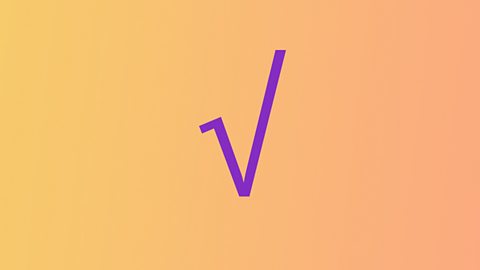
Simplifying expressions using the laws of indices
Indices show where a number has been multiplied by itself, eg squared or cubed, or to show roots of numbers, eg square root. Some terms with indices can be simplified using the laws of indices.

Rounding
Numbers can be rounded to significant figures. Numbers which are significant are usually non-zero numbers. Zeros can become significant however under two conditions.
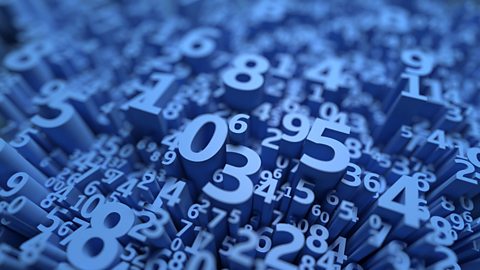
Working with reverse percentages
You can calculate the original amount from before a percentage rise/fall by reversing the change.

Working with appreciation and depreciation
Appreciation, depreciation and compound interest can all be calculated using the multiplier method.

Working with fractions
Adding, subtracting, multiplying and dividing can be applied to mixed number fractions. Each has its own method that helps make sure the numerator and denominator are treated correctly.
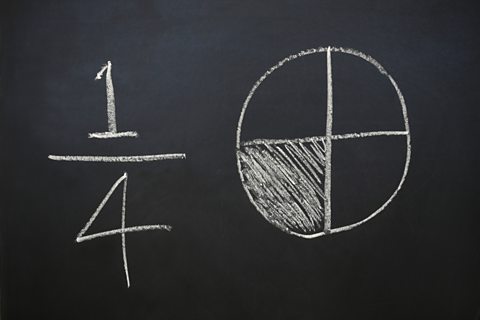
- 6 videos
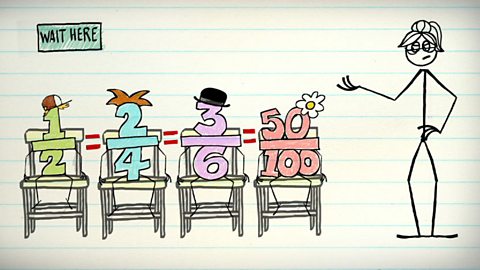
Algebraic skills
Expansion of brackets
Removing brackets is to multiply the term outside the brackets by each term inside - also known as the distributive law. Use FOIL to remove a pair of brackets then simplify by collecting like terms.

Factorising an algebraic expression
Factorising an expression is to write it as a product of its factors. There are 4 methods: common factor, difference of two squares, trinomial/quadratic expression and completing the square.

Completing the square in a quadratic expression
Completing the square is a method used to solve quadratic equations that will not factorise.
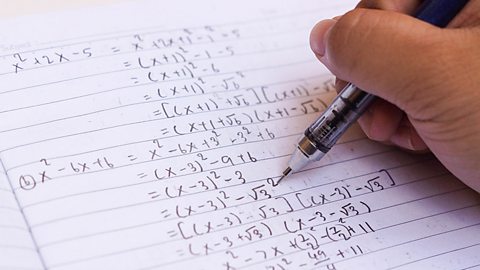
Simplifying algebraic fractions
Like other fractions, algebraic fractions can be simplified by cancelled down by dividing the numerator and the denominator by a common factor.

Applying the four operations to algebraic fractions
Algebraic fractions can be added, subtracted, multiplied or divided using the same basic rules as working with other fractions.
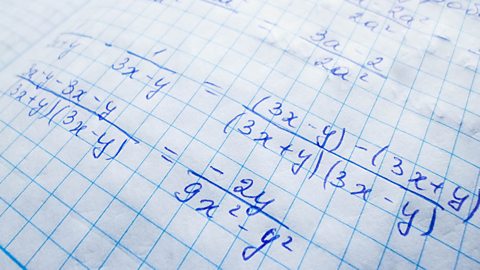
Determining the equation of a straight line
The equation of a straight line can be worked out using coordinates and the gradient, and vice versa.

Working with linear equations and inequations
As with other equations and inequations, when working with algebraic equations and inequations it is key to change operation when you change side.
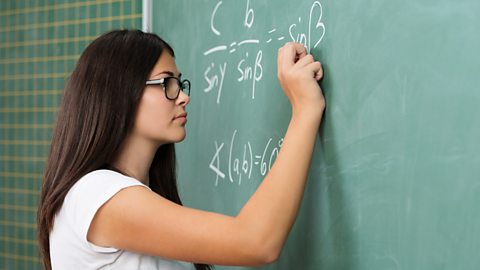
Working with simultaneous equations
Simultaneous equations can be solved algebraically by first eliminating one of the unknowns so the other can be found.
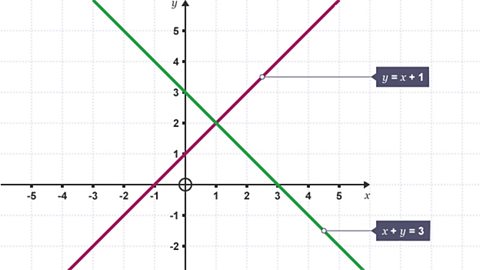
Changing the subject of a formula
To change the subject of a formula the terms are rearranged following the general rule, change side, change operation.

Determine the equation of a quadratic function from its graph
The equation of a a quadratic function can be determined from a graph showing the turning point and another point on the graph.
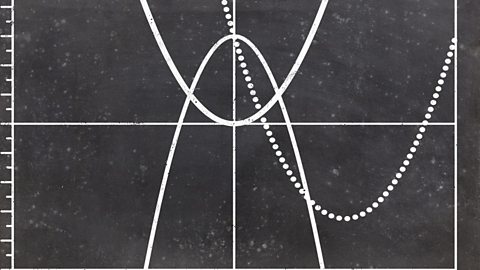
Sketching a quadratic function
To sketch a quadratic function you must first determine the roots, nature and coordinates of the turning point and the y-intercept.
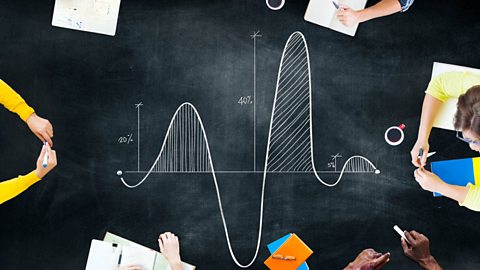
Identifying features of a quadratic function
The key features of a quadratic function are the y-intercept, the axis of symmetry, and the coordinates and nature of the turning point (or vertex).
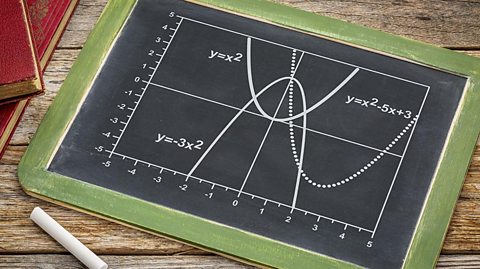
Solving a quadratic equation
Revise the methods of solving a quadratic equation, including factorising and the quadratic formula. See a worked example of how to solve graphically.

Solving a quadratic equation using the quadratic formula
The quadratic formula can be used to solve any quadratic equation but is best saved for when an equation cannot be factorised.

Using the discriminant to determine the number of roots
Whether the discriminant is greater than zero, equal to zero or less than zero can be used to determine if a quadratic equation has no real roots, real and equal roots or real and unequal roots.

- 6 videos
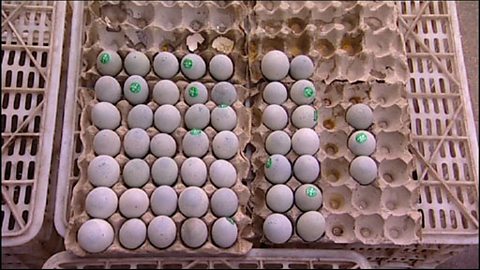
Geometric skills
Determine the gradient of a straight line
The gradient of a straight line is how steep it is. It can be calculated from a given set of coordinate points. There are three special cases of straight lines: parallel, horizontal and vertical.
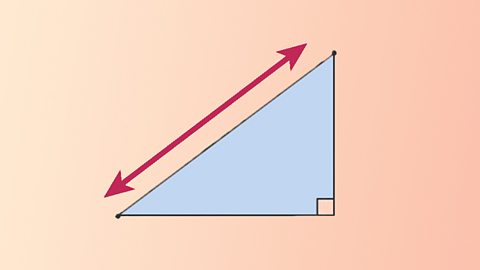
Circle geometry
Arc length is a fraction of circumference. Area of a sector is a fractions of the area of a circle. Both can be calculated using the angle at the centre and the diameter or radius.
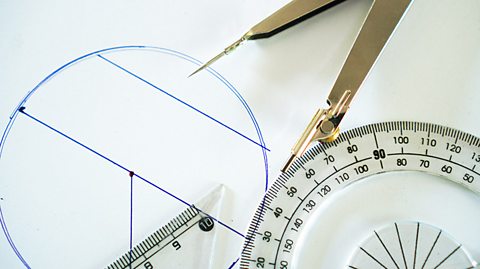
Calculating the volume of a standard solid
The volumes of standard 3D solids can be found using specific formulae. In this SQA National 5 Maths revision guide, we'll go through how to work out the volume of a cylinder, sphere, hemisphere, cone, prism, and composite shapes.
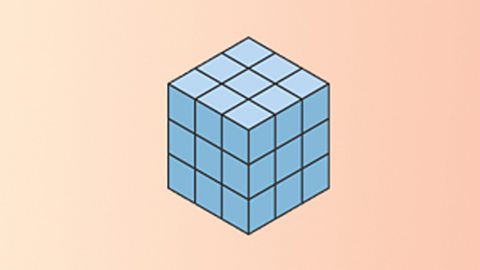
Applying Pythagoras Theorem
Pythagoras Theorem states that for a right-angled triangle, the square of the hypotenuse is equal to the sum of the squares of the other two sides.
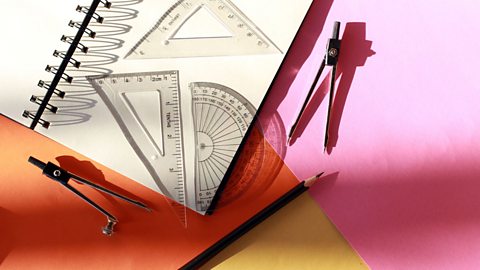
Applying the properties of shapes to determine an angle
Angles in a triangle add up to 180掳 and quadrilaterals add up to 360掳. Angles can be calculated inside semicircles and circles, as well as with perpendicular bisectors and tangents.
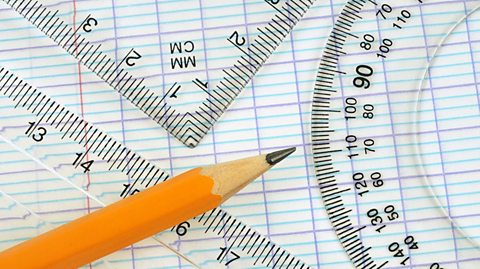
Using similarity
Similar figures are identical in shape, but not necessarily in size. A missing length, area or volume on a reduction/enlargement figure can be calculated by first finding the scale factor.
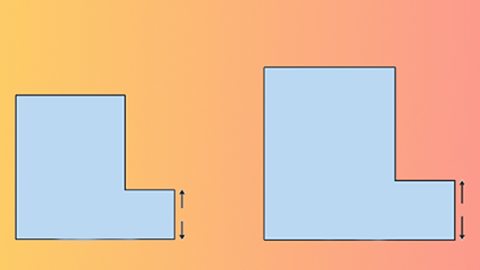
Working with two-dimensional vectors
A vector describes a movement from one point to another. 2D vectors are added from nose to tail giving a new line from the starting point to the final point..
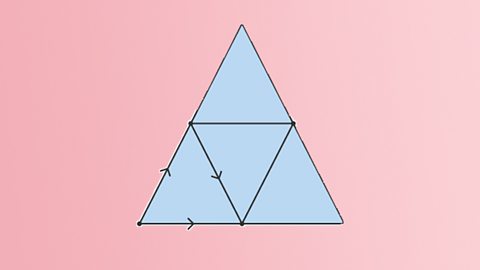
Working with three-dimensional coordinates
A vector describes a movement from one point to another. 3D vectors exist in the xyz plane. The 3D coordinates for any point have three values.
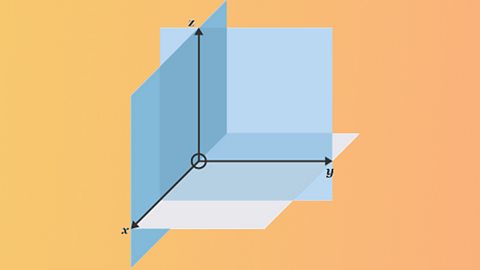
Using vector components
Vector components describe the separate x, y and z values of a vector. When working with vectors, components can be added or subtracted separately.
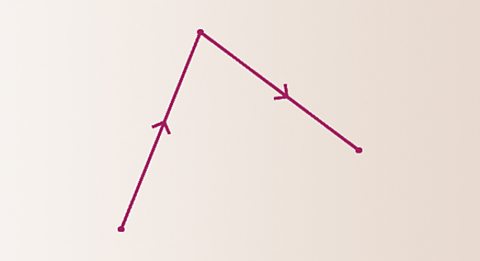
Calculating the magnitude of a vector
The magnitude of a vector is its size. It can be calculated from the square root of the total of the squares of of the individual vector components.

An Approximate History of Co-ordinates. Video
An animated look at the work of Rene Descartes and the cartesian co-ordinate system.

Trigonometric skills
Working with the graphs of trigonometric functions
Trigonometric graphs can be sketched when you know the amplitude, period, phase and maximum and minimum turning points.
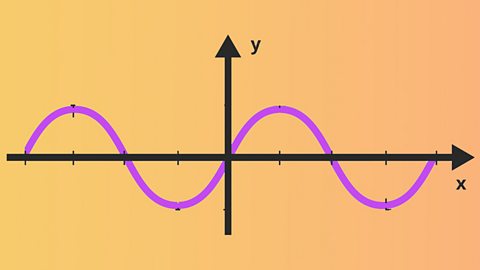
Working with trigonometric relationships in degrees
Trigonometric functions can have several solutions. Sine, cosine and tangent all have different positive or negative values depending on what quadrant they are in.
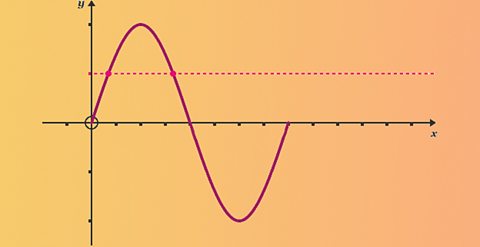
Calculating the area of a triangle using trigonometry
Trigonometry can be used to find the area of a triangle when you know the length of two sides and the included angle.
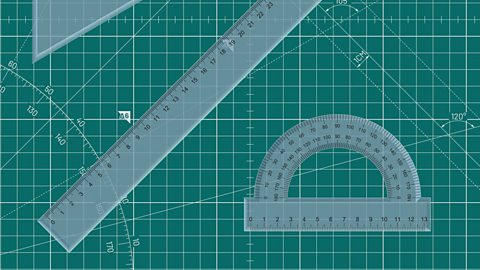
Using the sine and cosine rules to find a side or angle in a triangle
The sine rule can be used to find an angle from 3 sides and an angle, or a side from 3 angles and a side. The cosine rule can find a side from 2 sides and the included angle, or an angle from 3 sides.
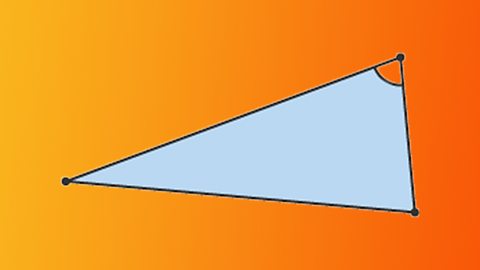
Using bearings in trigonometry
Bearings are angles used in navigation. They are based on moving clockwise from due north. Missing information about bearings can be worked out using the sine and cosine rules.
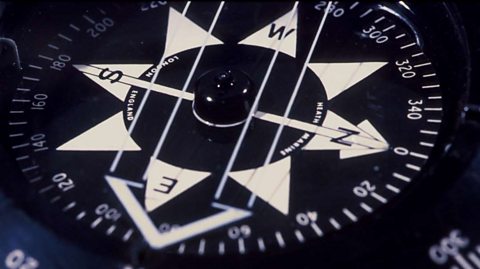
- 3 videos
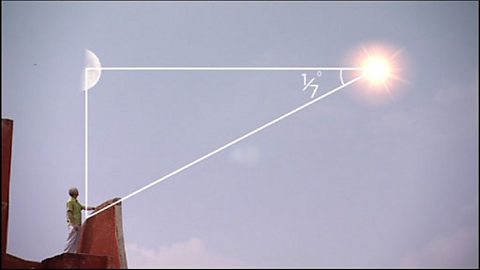
Statistical skills
Comparing data sets using statistics
Data sets can be compared using averages, box plots, the interquartile range and standard deviation.
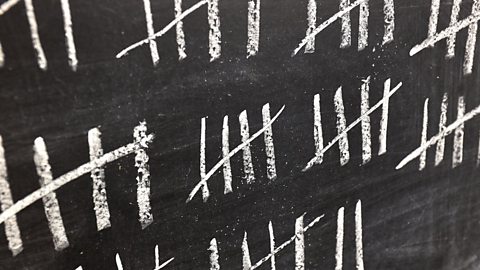
Forming a linear model from a given set of data
A scatter graph and a line of best fit are used to make predictions of results.

- 3 videos

Links
- External linkExternal link
- External linkExternal link
- External linkExternal link
- External linkExternal link